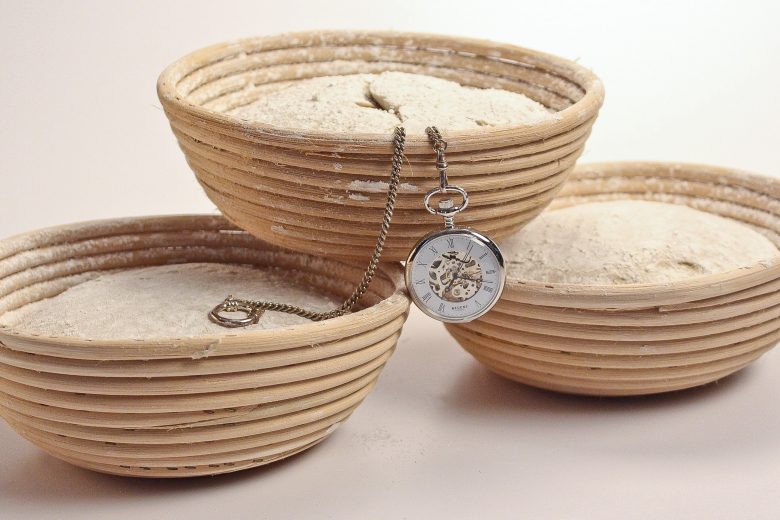Give Time to Your Bread Dough
“Blisters on the crust” – one could also call this the long-term result of storage at low temperatures. The small, light spots on the crust appear especially when the dough is stored at cool temperatures for a long time. These “bubbles” form on the surface of the dough at 8°C due to the enzymatic breakdown of proteins. The more appropriate name would actually be “protein blisters”. The bulges are caused by a physical loosening process and are an indication of a maturing process that has taken place.
The advantage of a long proof:
- Development of flavor compounds during the dough storage
- Soft and moist crumb in the baked goods
- Delicate crispness
Pre-dough amount
The principle applies that the amount of pre-dough varies depending on the length of storage. If the dough is stored for up to 16 hours, only a minimum amount of pre-dough should be used because the swelling is sufficient during the maturing period. If the amount of pre-dough is too high, the gluten that has already been partially degraded in the pre-dough will be further damaged, and therefore large losses in volume can be expected. Likewise, the crust no longer becomes crispy, but becomes sticky very quickly.
A few points to consider with pre-doughs and long proofing:
- Hydration (TA) 100% (200)
- Dough temperature 20°C and in the Summer it should mature in the cooler, since the dough temperature of the main dough could get too warm.
- Yeast amount 1-2%
- Standing time of max. 20 hours
Long proofing by storage at cold temperatures
Much longer proofing can be achieved by storing in the refrigerator. There are two ways of doing this:
- The dough pieces are chilled immediately after production
- After production, the dough pieces are brought to about 3/4 proof and then cooled
When producing without pre-proofing, it should be noted that the dough pieces have to mature for about 30-40 minutes at room temperature before they are put into the oven.


